Rising Demand for Real-Time Feedback
The Student Response System Market is experiencing a rising demand for real-time feedback mechanisms in educational settings. Educators are increasingly recognizing the importance of immediate assessment and feedback to enhance the learning experience. Real-time feedback allows instructors to gauge student understanding and adjust their teaching strategies accordingly. Market data indicates that institutions implementing these systems report higher levels of student engagement and improved academic outcomes. This trend suggests that the Student Response System Market will continue to grow as more educational institutions seek to incorporate real-time feedback tools into their teaching methodologies, thereby fostering a more responsive and adaptive learning environment.
Shift Towards Hybrid Learning Models
The Student Response System Market is poised for growth due to the shift towards hybrid learning models in educational institutions. As schools and universities adopt blended learning approaches, the need for effective student response systems becomes increasingly apparent. These systems facilitate seamless interaction between in-person and remote learners, ensuring that all students can participate actively in the learning process. Market analysis indicates that the hybrid learning model is likely to remain a staple in education, leading to sustained demand for student response systems. This shift not only enhances accessibility but also promotes inclusivity, making it a vital driver for the Student Response System Market.
Growing Emphasis on Student Engagement
The Student Response System Market is significantly influenced by the increasing emphasis on student engagement in educational settings. Educators are increasingly aware that active participation enhances learning retention and comprehension. As a result, there is a growing demand for tools that facilitate interactive learning experiences. The market data suggests that institutions investing in student engagement technologies are witnessing improved academic performance and student satisfaction. This trend is likely to propel the Student Response System Market forward, as more schools and universities adopt these systems to create dynamic and participatory learning environments. The focus on engagement aligns with broader educational goals, making it a critical driver for market growth.
Increased Adoption of Technology in Education
The Student Response System Market is experiencing a notable surge in the adoption of technology within educational institutions. As schools and universities increasingly integrate digital tools into their curricula, the demand for interactive learning solutions rises. This trend is driven by the need for enhanced student engagement and improved learning outcomes. According to recent data, educational technology spending is projected to reach substantial figures, indicating a robust market for student response systems. Institutions are recognizing the value of real-time feedback and interactive assessments, which are essential for fostering an engaging learning environment. Consequently, the Student Response System Market is likely to benefit from this technological shift, as educators seek innovative solutions to meet the evolving needs of students.
Increased Focus on Data-Driven Decision Making
The Student Response System Market is significantly impacted by the increased focus on data-driven decision making in education. Educational institutions are leveraging data analytics to inform instructional strategies and improve student outcomes. By utilizing student response systems, educators can collect valuable data on student performance and engagement levels. This data-driven approach enables institutions to tailor their teaching methods to better meet the needs of their students. Market trends indicate that the demand for data analytics tools in education is on the rise, suggesting that the Student Response System Market will benefit from this emphasis on informed decision making. As schools and universities prioritize data utilization, the market for student response systems is likely to expand.


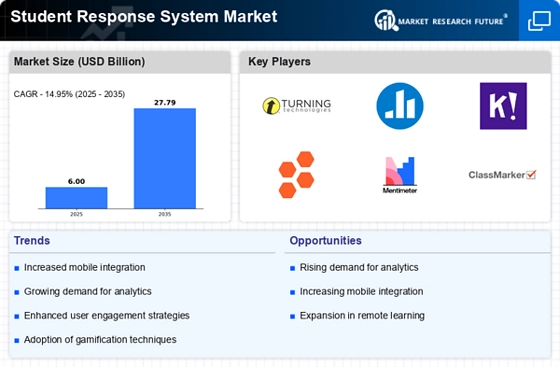
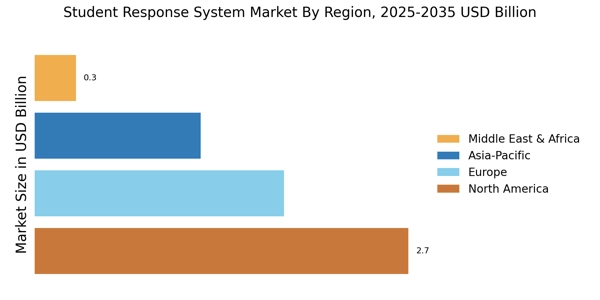
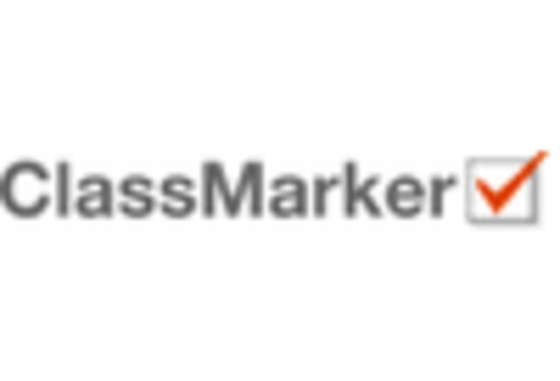
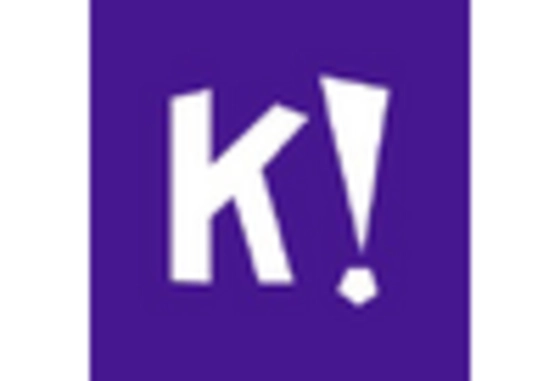
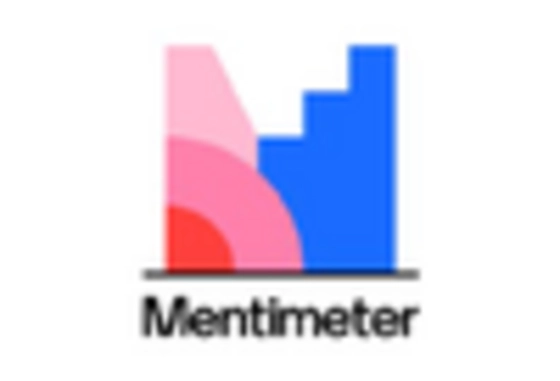
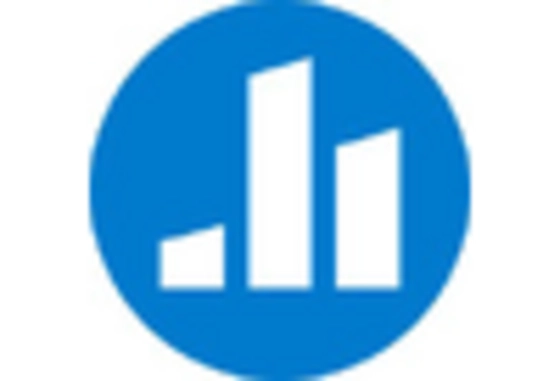
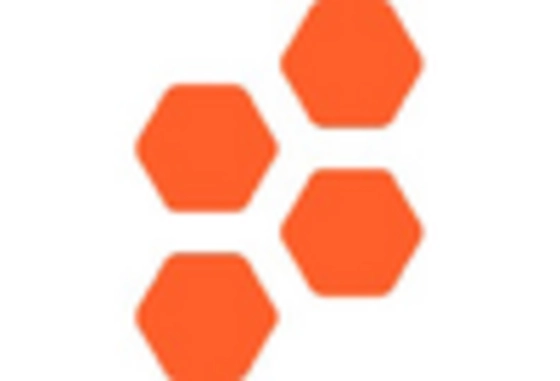
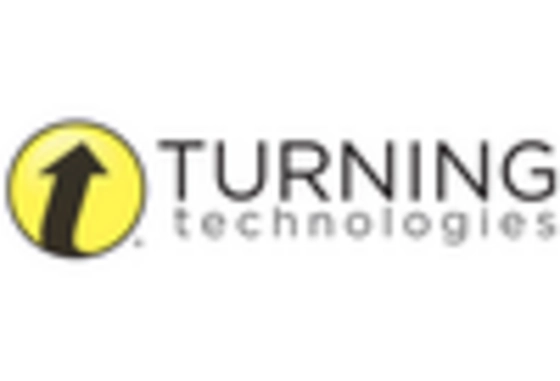








Leave a Comment